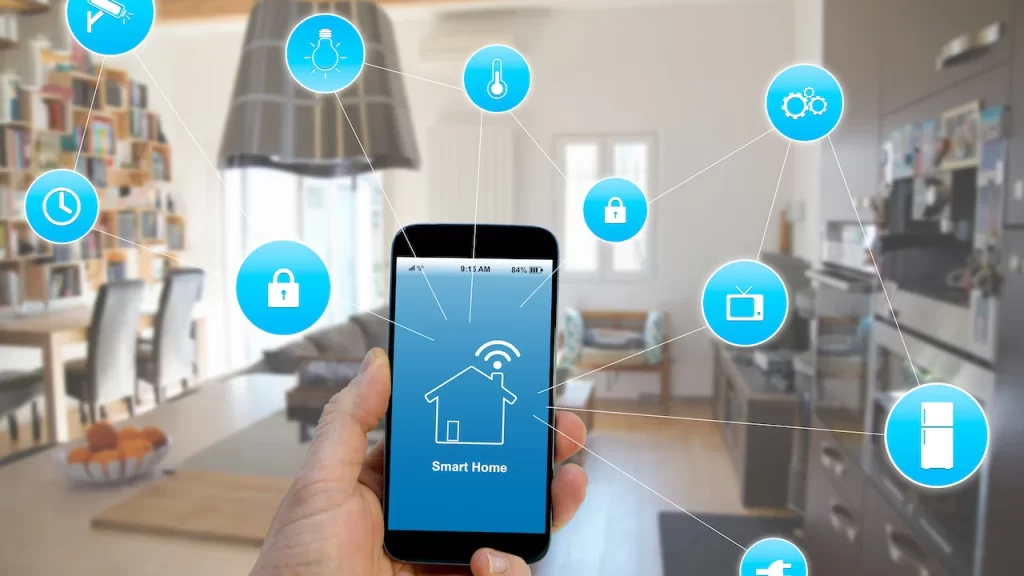In addition to this, most smart home devices are connected to your home network and potentially vulnerable to hackers. A simple factory reset could thwart nefarious individuals from gaining access to sensitive personal information.
Your attacker can leverage vulnerable devices to steal data for identity theft, cyberstalking and denial-of-service attacks. Your attacker can break into your cloud-based backup services to steal private data and anything else stored there as well.
Unauthorized Access
Most smart devices collect information on your behaviour – habits and preferences – which can be very useful to device manufacturers, but also act as honey traps for hackers seeking access to your network. These devices have poor authentication schemas that allow an intruder to gain access to your home network, and in some cases, directly to your device. In addition, some devices that haven’t been updated have older versions of firmware, which can contain additional known vulnerabilities that can be taken advantage of by hackers. Homeowners can mitigate risks by making a conscious effort to choose devices with good security, setting strong passwords, improving the home network security, and considering offline user interfaces for some functionality. Homeowners should also be on the lookout for news regarding vendors of smart home devices and make sure you take action if they are breached.
Malware Attacks
Even more basic smart home gadgets might contain more sophisticated components that run on software, all of which are open to attack – data hacking, listening in via microphones, malware that renders files unreadable until a ransom payment is made, cross-site scripting (XSS) and cross-site request forgery (CSRF) that lead to password-hijacking or device takeover. Some smart products collect personal data and share that information with their vendors, so it is necessary to read a product’s privacy policy before purchasing it, and regularly check for firmware or security patches from vendors for software updates to fix critical flaws and improve devices’ functionalities. Meanwhile, segmenting your network to protect your smart devices from compromising other smart devices inside your network is also recommended.
Hacking
The Internet of Things (IoT) involves devices communicating one with another and sharing data with the internet, so if a device become compromised, it could grant entry to its entire ecosystem. If the integrity of the device or of your router has been compromised, keeping them up to date with the latest security patches should be a critical step. On any devices that can be updated, keeping those patches installed is also an important layer of security as each patch often contains fixes to ‘bugs’ (blips, mistakes or openings that can be exploited). These updates are usually free. Download them, especially following the purchase of any new device or router. Check your device’s settings to see that they’re changing only with your permission: any unauthorised changes to the settings could be a clue to hackers, and can be investigated as soon as you notice them. You might also want to disable Universal Plug and Play (UPnP), which allows devices to communicate with each other and plug in automatically: this feature is another one that allows hackers to infiltrate.
Denial-of-Service Attacks
Although internet-connected devices such as smart home devices offer a lot of consumer benefits and convenience, they also pose new and difficult kinds of risk. Smart home devices might be infiltrated by default credentials or other vulnerabilities such as unpatched software, after which they could be used as a pivot point against an attack against the home network. After infiltration, an attacker could manipulate settings or attack other connected devices inside of a compromised device on the network. They should use strong passwords and two-factor authentication on every device they own, they should only shop with vendors who are serious about security, and, before they give away or sell devices, they should factory-reset them.
Privacy Concerns
Cyberattacks on smart home devices are also a concern, as hackers could use unprotected devices to steal personal information such as passwords; if they hack connected security cameras, they could spy on people in the home; they could hack into microphones in devices such as smart TVs; or they could commit a more generic attack known as a man-in-the-middle attack, in which the hacker intercepts communications with the cloud by the devices, or with devices by the cloud, thus enabling the hacker to steal information from either the cloud or the devices, or could even shut down devices altogether. Moreover, some users fear that smart home devices are eavesdropping on them and mining conversations for targeted advertising – a charge that Amazon and Google have marshalled defences against. Hackers could gain access to a smart home network by hacking one smart home device, and use that device to access other ones, such as computers or smartphones inside the network. If you are buying smart home devices, examine whether their maker has suffered any security breaches and whether it complies with privacy protocols, and get a guarantee of regular automatic updates. If you are passing on old devices, factory reset them to remove any personal details or settings you might have configured on them.






More Stories
Integrating Digital Twin Technology for Small-Scale Manufacturing and Logistics
The Developer’s Guide to Post-Quantum Cryptography Implementation
Smart Home Automation for Renters: Your Guide to a Smarter, Temporary Space